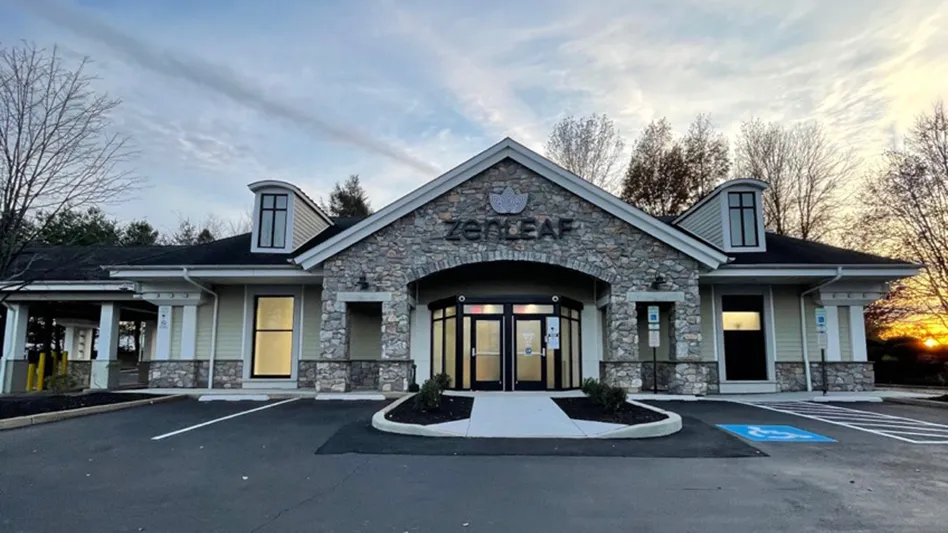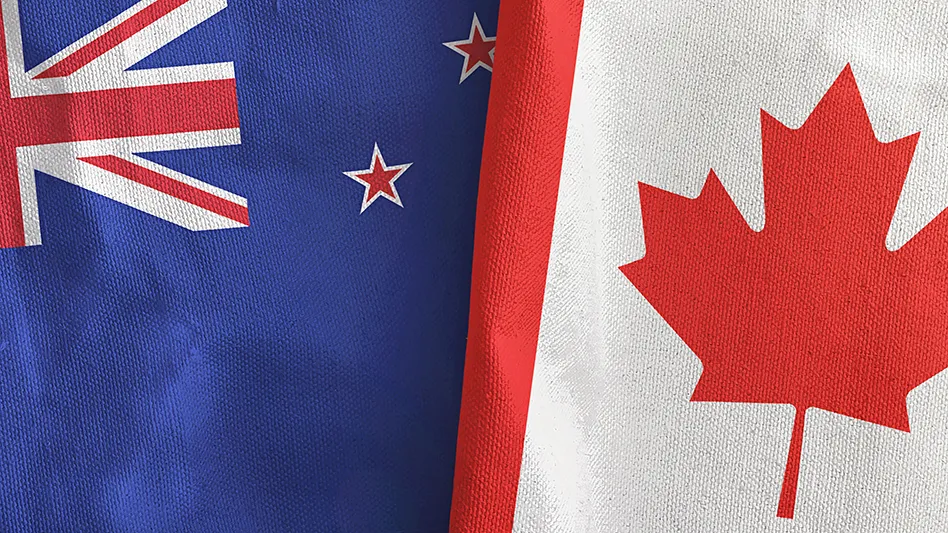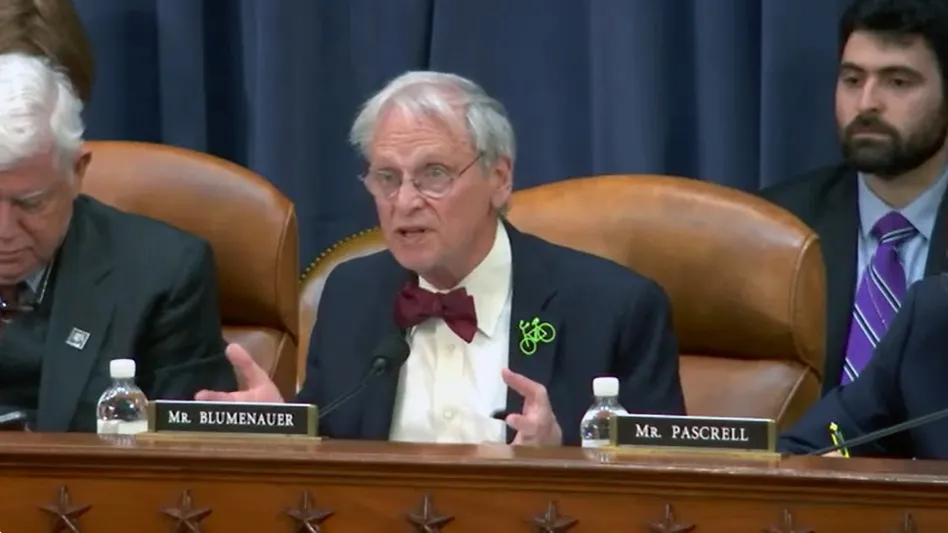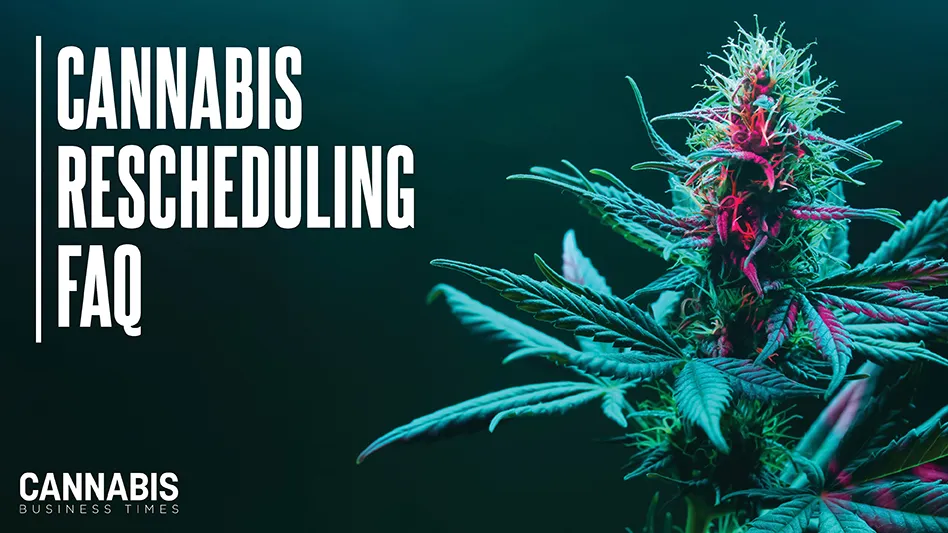
Top photo: © SFIO CRACHO | Adobe Stock
Cannabis is one of the hottest growing industries in the world right now; the global market for marijuana products is projected to grow to over $100 billion annually by 2025. The market for CBD products has been growing by over 60 percent per year, with nearly all of this growth coming from word of mouth. To find success, business owners must be aware of some pitfalls along the way to building a cannabis company, such as marketing challenges.
Marketing any company is difficult, but it is even harder for cannabis brands. Advertising measurement company Zenith projects global advertising spending to be $580 billion in 2019. Of that total, 59 percent is unavailable to cannabis advertisers because they are not able to market on TV, Facebook or Google in any meaningful way. The remaining 41 percent of advertising spend is only available to cannabis companies in a patchwork manner dependent on local and state laws. Among private businesses, some publishers will allow ads and some publishers will not.
Consumers want cannabis products, and brands want to sell them—but how do those groups find out about each other?
When platforms like Facebook, Google and cable TV will not accept advertising dollars from a cannabis company, these companies must find alternative means to reach customers. One alternative is for companies to develop their own platforms of free content for users to engage. The brand needs to become self-reliant for reaching customers and developing a loyal audience, rather than paying others to reach their audience. One way to do this is by creating content that users want to see on a platform not controlled by platform administrators like those at social media companies.
If a company can develop a large audience, it can introduce its product into that content in subtle ways that will help sales skyrocket. The company will never have to worry again about what a platform like Facebook’s legal department advises. And if they are successful enough at developing this audience, they may even have their competitors offering to pay them to reach those same customers.
Here are four tips for deploying this sort of content strategy in the cannabis industry.
1. Set your expectations correctly.
Audiences are not built overnight. A company will need to dedicate the resources to this project for at least a year, if not three to five years, to fully see the benefits of growing an audience. Good things take time and it is important to choose a content strategy that you have the resources or time to dedicate to for the long haul.
2. Find the platform where your audience is already engaging digital content.
A brand must determine who their ideal customer is and what type of media they use. If a company is developing a CBD brand aimed at pain relief for Baby Boomers, for example, it would not be wise to work on building a following on Instagram. This generation has not adopted Instagram nearly as much as younger generations. Baby Boomers have become comfortable online, though, and love to consume written content, so a knowledge database on cannabis might be a great way for them to find a company. On the contrary, if a company wants to build the coolest brand focused on recreational marijuana products, a YouTube channel with a loyal following could be perfect.
3. If you don’t love creating content for that platform, find someone who does.
Developing an audience will take time and commitment. If the person making the content does not enjoy producing that type of content, they will burn themselves out. Everyone has strengths and weaknesses. Find someone who enjoys creating content and keep them focused on developing relevant material. Being a great leader is about being self-aware and knowing when you need help.
4. Create content with the audience in mind and be patient.
Just because a company creates a podcast or a series of videos does not mean it will be successful. The content needs to entertain the audience, so they will come back and tell their friends about it. A brand cannot think about what content it finds interesting. It must always be thinking about what content would provide value to its audience today.
If this strategy sounds like it is going to be hard, it is! Sustained success is typically not found in one-off ideas, though. This is not the only way to succeed in the cannabis business, but if a brand can get this strategy right, it is going have a defensible position in the marketplace for years to come. Now, it is time to see which brands are willing to put in the effort, day in and day out and rise to the top.
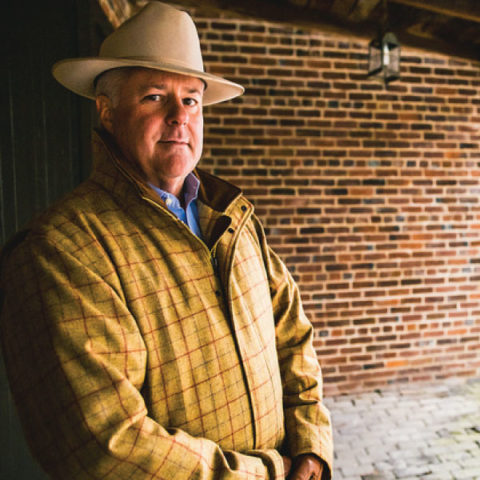
Bob Estes is the founder and CEO of Daddy Burt Hemp Co. He is the great-grandson of legendary Kentucky hemp farmer Joe "Daddy Burt" Burton. Before rekindling his family's legacy in hemp, Bob received an Industrial Engineering degree from Eastern Kentucky University. This degree led him to a career in the nation's space program. Bob worked for several aerospace companies supporting space launch for NASA and the Department of Defense. He also explored his entrepreneurial spirit, owning several space companies through the years, which gave him a strong business and marketing foundation.
Latest from Cannabis Business Times
- Verano Opens MÜV Haines City, Company’s 75th Florida Dispensary
- Ascend Wellness Holdings Reports $142.4M Net Revenue for Q1 2024
- Trulieve Reports $298M in Revenue for 1st Quarter 2024
- SNDL Reports 1st Quarter 2024 Financial, Operational Results
- Leading Cannabis Brand STIIIZY Expands Retail Presence With Fresno Location Opening Saturday, May 11
- The Cannabist Co. Reports 1st Quarter 2024 Results
- Green Thumb Reports $276M Revenue for 1st Quarter 2024
- Colorado Legislature Gives Final Approval to Measure Aimed at Streamlining Marijuana Regulations

